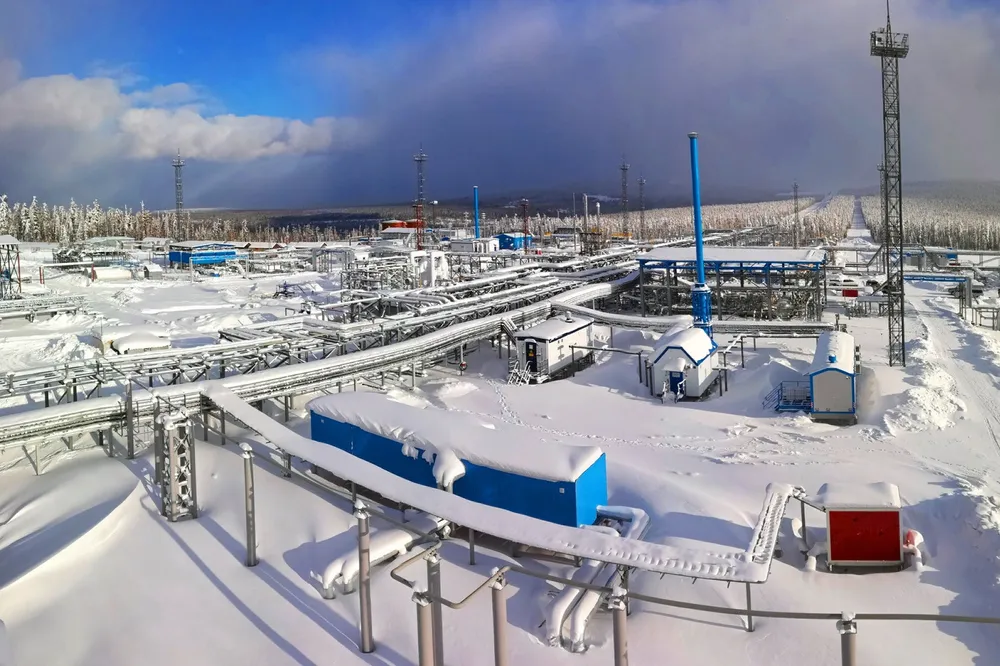Gazprom readies new gas supplies for China via Sila Sibiri 1
Despite optimistic promises on securing alternative export routes to Asia, Russian gas giant has had to shut-in production at legacy fields in East Siberia this year

Despite optimistic promises on securing alternative export routes to Asia, Russian gas giant has had to shut-in production at legacy fields in East Siberia this year
